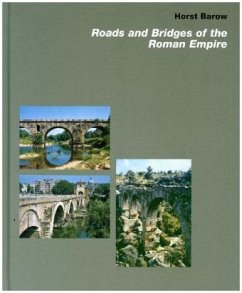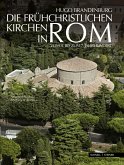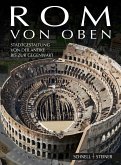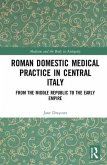As a civil engineer with leading German construction companies, Horst Barow has built highways and bridges in many parts of the world. He was aware of the importance infrastructure has for the development of a region and he knew how important efficient ad-ministration is to achieve public works. During vacations he liked to visit the Mediterranean countries with his wife and he was amazed by the vestiges of the Roman Empire, not the least of them being roads and bridges. In many cases they still carry modern traffic after 2000 years. He wondered, how much will remain of today's constructions after two millennia?Thus Barow decided to make the study of Roman roads and bridges his special interest, and through many years he systematically collected material and surveyed bridges on the spot. Having retired, he studied history, with emphasis on the Roman period. His untimely death in 2010 left his wife with a great work in pro-gress and it is thanks to the publisher that this book hasbeen realized. Friedrich Ragette, an architect who taught history of architecture and engineering for many years, was entrusted with editing the material and translating it from German into English. The book covers all aspects of road and bridge construction in the Roman Empire, from commissioning, planning and design to contracting and execution. Technical details include surveying, ma-terials, tools and implements. The Roman road network is shown with Latin place names; principles and types of construction are explained. The core of the work deals with bridge construction: design criteria, structural systems, foundations and abutments are dealt with in detail. Particular attractive are five dozens of case studies, presenting individual bridges, which were reviewed by the author on site. Countless illustrations, mostly in color, enliven the book. Bibliography and glossary complete the work.Horst Barow studied civil engineering at the Technische Hoch-schule Braunschweig from 1950to 1954. In 1961 he became di-rector of the Bremen branch of Strabag Bau-AG. In 1970/71 he was the project manager of the construction of the nuclear power plants in Biblis and Brunsbüttel for Hochtief AG and in 1972/73 he built a steel mill in Brazil for the same firm. From 1973 until his re-tirement in 1985 he had leading positions in Strabag Bau-AG in Cologne, in the last five years as a member of the board of man-aging directors with responsibility for the activities in foreign countries. From 1986 to 1991 he studied history of the antiquity at the University of Bonn. Friedrich Ragette spent about 30 years teaching and practicing in the Middle East. The past couple of years he was professor of architecture at the American University of Sharjah. His publications includes Traditional Domestic Architecture of the Arab Region (Edition Axel Menges, 2006).







